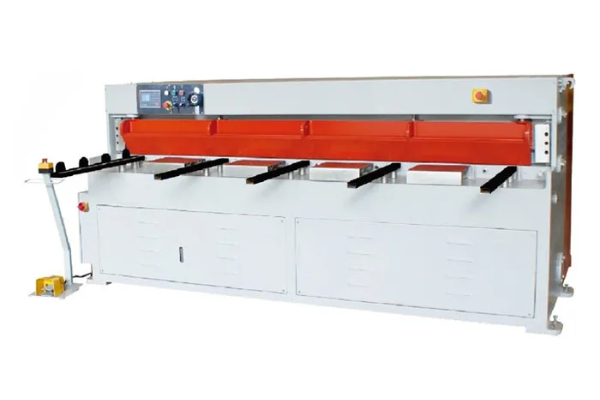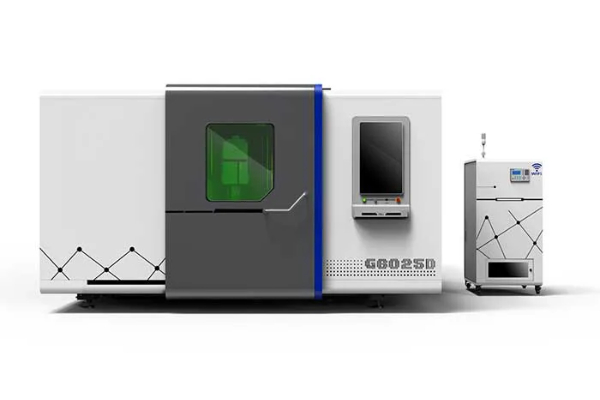
FAQs About Sheet Metal Press Brakes Answered
- By:Metmac
- 2024-06-25
- 139
Sheet metal press brakes are essential tools for fabricating sheet metal parts. They are used to bend, form, and shape metal into complex shapes, making them vital for a wide range of industries, including automotive, aerospace, and construction. Understanding the intricacies of press brakes is crucial for optimizing their performance and ensuring quality production.
Types of Sheet Metal Press Brakes
There are two main types of press brakes: mechanical and hydraulic. Mechanical press brakes use a flywheel and clutch to generate the force needed to bend the metal, while hydraulic press brakes use a hydraulic cylinder to apply pressure to the metal. Hydraulic press brakes are more precise and offer greater control over the bending process than mechanical press brakes.
Components of a Sheet Metal Press Brake
The main components of a sheet metal press brake include:
Frame: The frame provides the structure and support for the press brake.
Ram: The ram is the moving part that applies pressure to the metal.
Bed: The bed is the stationary part that supports the metal during bending.
Punch: The punch is the tool that contacts the metal and forms the bend.
Die: The die is the tool that supports the metal underneath the punch, preventing it from buckling.
Factors to Consider When Choosing a Sheet Metal Press Brake
When choosing a sheet metal press brake, several factors must be considered, including:
Tonnage: The tonnage of a press brake determines the thickness of metal it can bend.
Length: The length of a press brake determines the maximum length of metal it can bend.
Accuracy: The accuracy of a press brake determines the precision with which it can bend metal.
Speed: The speed of a press brake determines the rate at which it can bend metal.
Features: Modern press brakes offer a range of features, such as CNC controls, automatic tool changers, and laser pointers, that can enhance productivity and accuracy.
Benefits of Using Sheet Metal Press Brakes
Sheet metal press brakes offer several benefits, including:
Increased productivity: Press brakes automate the bending process, eliminating manual labor and reducing production time.
Improved accuracy: Press brakes can achieve highly precise bends, which is crucial for complex parts.
Versatile applications: Press brakes can bend a wide variety of metals, including steel, aluminum, and stainless steel, making them suitable for a range of applications.
Cost-effectiveness: Press brakes can reduce labor costs and improve efficiency, resulting in cost savings over time.
Conclusion
FAQs About Sheet Metal Press Brakes Answered provides comprehensive insights into the world of press brakes, empowering readers to make informed decisions about selecting, using, and maintaining these essential machines. By understanding the different types, components, and factors to consider when choosing a press brake, readers can maximize productivity, accuracy, and cost-effectiveness in their sheet metal fabrication operations.
-
Advanced Sheet Metal Rolling, Cutting, and Folding Machines for Efficient Fabrication
2025/10/22 -
High-Precision Sheet Metal Bending and Cutting Solutions for Modern Manufacturing
2025/10/22 -
High-Precision Solutions from Leading Sheet Metal Cutting Machine Manufacturers
2025/09/11 -
Reliable Sheet Metal Equipment for Sale to Support Precision Fabrication
2025/07/17
-
Advanced Sheet Metal Rolling, Laser Cutting, and Folding Machines for Precision Fabrication
2025/10/31 -
High-Performance Sheet Metal Bending and Cutting Machines for Modern Fabrication
2025/10/31 -
High-Quality Sheet Metal Equipment for Sale: Efficient Solutions for Modern Manufacturing
2025/10/31 -
High-Performance Sheet Metal Equipment for Sale: Forming and Shearing Solutions for Modern Fabrication
2025/10/22
-
A Guide to the Latest Innovations in Sheet Metal Folding Machines
2024/11/29 -
Key Features to Consider When Investing in a Sheet Metal Folding Machine
2024/11/28 -
Enhancing Precision with Advanced Sheet Metal Folding Machines
2024/11/27 -
How to Choose the Right Sheet Metal Folding Machine for Your Workshop
2024/11/26






